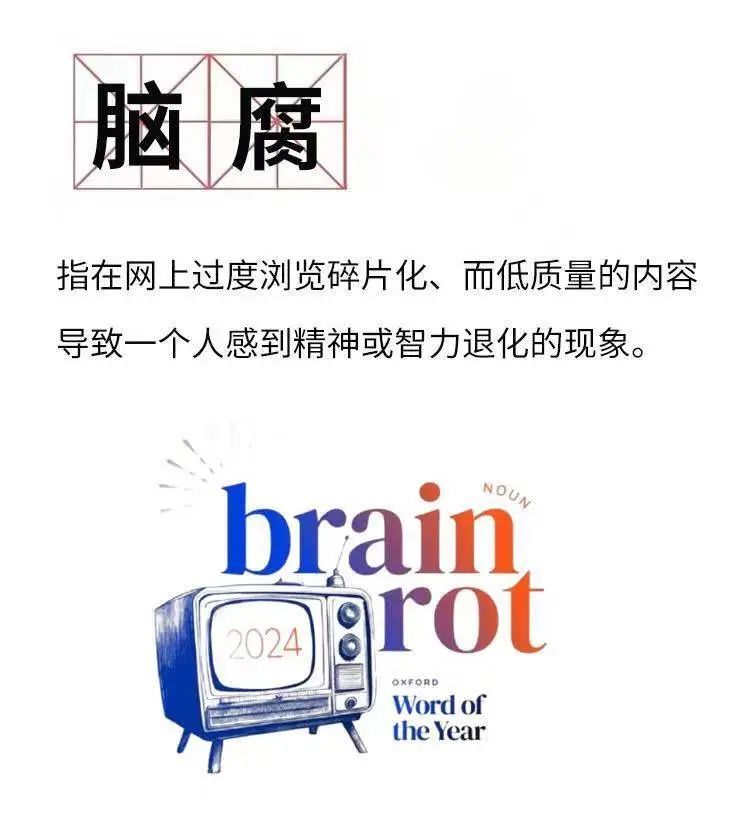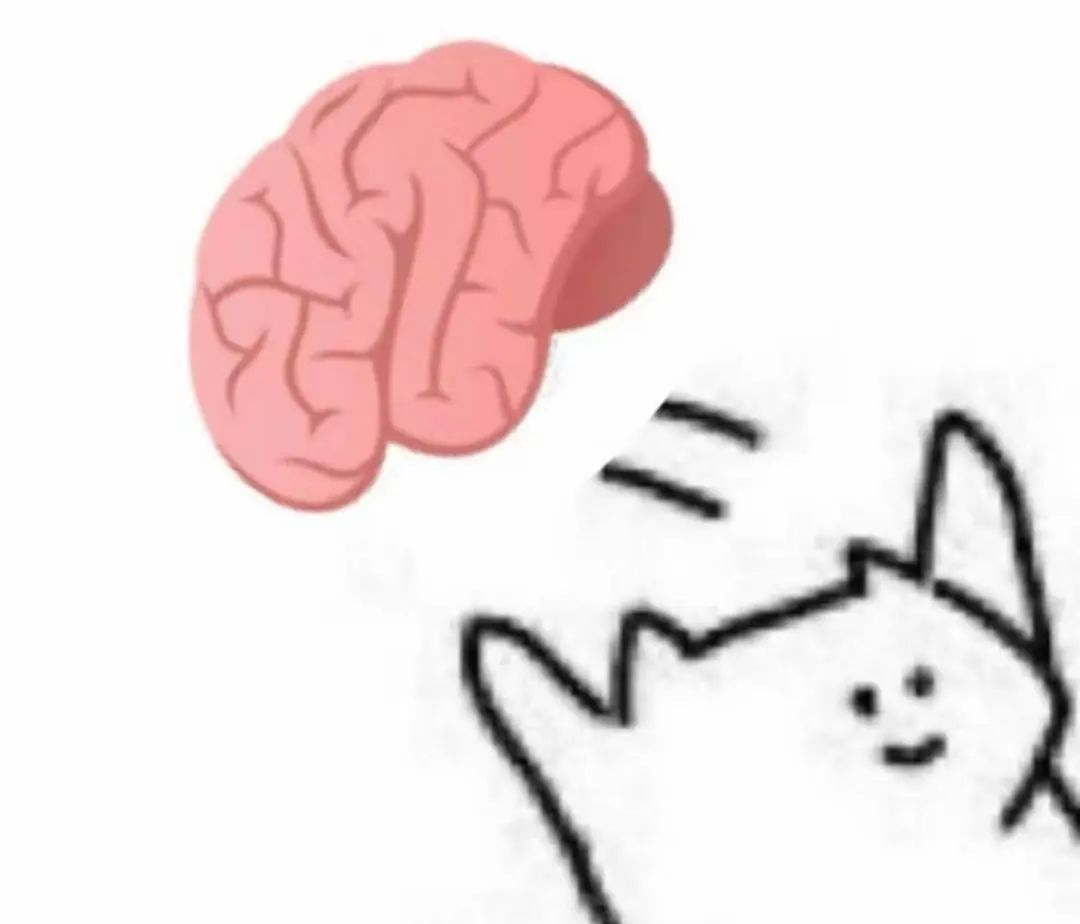html
How Short Videos Silently Alter Your Brain: The Science of “Brain Rot”
When you find yourself frequently forgetting where you left your phone, unable to remember simple verification codes, or constantly thinking, “What was I trying to say?”, it may not just be stress. The latest research shows that over 2.5 billion people worldwide spend an average of 2.5 hours daily on short video platforms, triggering a cognitive crisis dubbed “brain rot”. This article uses scientific evidence to reveal how short videos reshape our brains and offers practical coping strategies.

1. How Short Videos Hijack Your Brain
1.1 The Dopamine Trap: Easy Access to Pleasure
Short video platforms create a slot machine-like neurofeedback loop through “15-second excitement + infinite scrolling”. A 2021 Zhejiang University study found that personalized video content increases activity in the default mode network (DMN) and ventral tegmental area (VTA), key regions for reward processing. Each swipe triggers dopamine release, creating a “swiping-pleasure-more-swiping” cycle.

1.2 Disruption of the Attention System
Peking University research shows that after 30 minutes of short video viewing, prefrontal cortex activity drops by 27%. This critical decision-making area becomes inhibited, causing:
- 40% reduction in working memory capacity
- 35% decrease in task switching efficiency
- Sustained attention span collapse from 12 to 3 minutes

2. The Triple Cognitive Crisis
2.1 Memory System Degradation
A 2024 Oxford University study of 2,000 adults found that those watching >3 hours daily of videos showed:
- 22% lower short-term memory scores
- 18% slower complex information processing
- 31% reduced long-term memory encoding efficiency
Neurologists term this “digital amnesia” – fragmented information flows like water through a sieve, impairing memory formation.

2.2 Emotional Regulation Imbalance
Tsinghua University’s 2022 tracking study revealed short video addicts experience:
- 2.3x higher depressive symptom incidence
- 41% increased anxiety levels
- 57% reduced willingness for real-life social interaction
Algorithmic “information cocoons” reinforce negative emotions, creating a “sadness → browsing → more sadness” loop.

2.3 Brain Structure Alterations
Comparative brain imaging shows those watching >4 hours daily have:
- 12% prefrontal lobe gray matter reduction
- 9% hippocampus density decrease
- 15% visual cortex thickness increase (compensatory change)
Adolescents show most pronounced changes, increasing future cognitive disorder risks.

3. 7 Scientific Strategies to Break the Cycle
3.1 Digital Boundaries
- Physical device isolation from workspaces
- iOS/Android screen time limits
- Immediate task execution using the “2-minute rule”
3.2 Content Ecosystem Reshaping
- Algorithm training through consecutive knowledge video clicks
- Focused watchlist creation
- 3-tier content grading system
3.3 Cognitive Rebuilding Plan
| Training Program | Daily Duration | Scientific Basis |
|---|---|---|
| In-depth reading | 30 minutes | Enhances frontal-parietal connectivity |
| Meditation practice | 15 minutes | Improves DMN self-regulation |
| Delay gratification | 5 times/day | Strengthens dopamine regulation |
3.4 Environmental Modifications
- Warm-toned lighting to reduce screen appeal
- White noise instead of background music
- Non-essential app deletion

4. Brain Defense in the Digital Age
37 countries have implemented screen time management laws. France limits under-16s to 1 hour daily. Individuals should:
- Weekly 8-hour digital detox days
- Tactile activities like gardening
- Family screen time monitoring contracts
Neuroscientist Yang Xiong-li emphasizes brain plasticity as both crisis and opportunity. Replacing videos with deep activities repairs cognitive functions.

Conclusion: Regain Attention Control
Research confirms that after 6 weeks of training, prefrontal cortex function restores to 85% normal levels. Start today with:
- Traditional alarm clocks
- Podcast commutes
- Device-free meal conversations
When we control attention allocation, stolen memories and creativity return to real life. As Frontiers in Neuroscience states: “The most powerful algorithm is always human independent thinking.”

